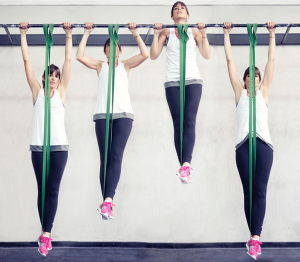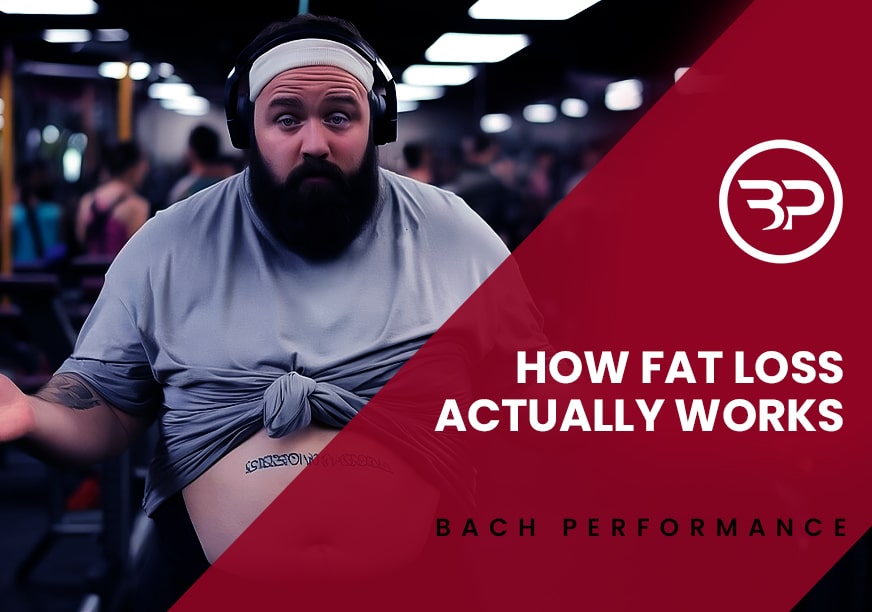How to do Pull-ups: A Surefire Progression to Pull-up Proficiency Part 2
March 14, 2014
I hope you enjoyed Part 1 of the pull-up progression on Monday. Click the link before continuing, or this will happen.
Seriously. Okay I’m kidding that was excessive, but skipping ahead of baseline movements is bad news. Go read part 1 of your sure-fire pull-up progression here.
This post will be my last for the week and into next week since I’m currently Florida, attending a masquerade party–which also triggered. I have no idea what I’m doing, but I’m assuming that wearing a speedo, cowboy boots, and a mask won’t work. That said I get free drinks and food for a few days while working on my sunburn. Nevertheless, it’s time for business.
You’ve practiced your inverted row variations and blasted a few with your feet elevated –good job! Now, things get tricky. Pull-ups require a vertical pull, much more difficult than horizontal. The strength built up rowing your bodyweight will help, but further planning is needed before pull-ups.
Negative Band-Assisted Pull-Up: Using a band will lessen the load on the most difficult portion of the pull-up—the bottom. Use a high tension band, stepping into it from a box. With your chin above the bar lower your body, brace the core, squeeze the glutes, and lower until the arms are fully extended. Step back to the box and repeat for two or three reps. The body is stronger during the eccentric portion exercises, so this engrains the range of motion and strength development in the pull-up.
[Use a band rather than a standing, assisted pull-up machine when possible. If you’ve reached this point you’re strong enough to control your body with a band-assist.]
Band-Assisted Pull-Ups: After gaining eccentric strength and control it’s time to perform the eccentric and concentric portions of the pull-up. Stand on the band with core braced and glutes squeezed, driving the elbows down until the chin passes the bar. Lower yourself under control and repeat for reps. Re-set between reps if needed, working with 3-8 reps per set.
Negative Pull-Ups: I program negative pull-ups with band assisted pull-ups for rapid improvements. Negative pull-ups through the entire ROM without use of any band-assistance is a great strength building exercise. Jump up to the bar OR step from a box with your chin above the bar. Keep reps slow as the arms extend, aiming for 4-5 seconds per rep for 3-5 reps per set.
Pull-Up grip progression: Congrats! You’re ready to tackle Pull-ups, but it’s not that simple. Certain grips and hand positions are easier than others. First, use a shoulder width neutral grip (thumbs pointing back). You’ll be stronger in both a neutral and supinated (palms facing you) grip before moving to a true pull-up. Begin with these variations before a pronated (overhand grip) pull-up.
Pull-Up Progression Programming
Pull-ups are no easy task—when 0-3 reps are your max then every chin-up is near maximal effort. This is extremely taxing on the central nervous system. Spread your practice throughout the week so theres plenty of time for recovery and avoid failure.
Each training session should include a variation of this progression, building strength and muscle to improve your chin-ups.
Since pull-ups are your primary goal start your sessions with a challenging variation; remember, pull-ups are a near maximal exercise, use plenty of rest between sets.
- Pull-ups are the priority, plan them first in your training session.
- Train between one and six reps per set, picking a total rep goal of 15-25 total reps in the workout. However you break up your sets is up to you.
- Use rest pauses if you approach technical failure. Rest 10-15 seconds between reps to complete your sets.
- Rest 60-120 seconds between sets. Remember, if you can’t do a chin-up nearly every rep is maximum effort.
- Avoid failure. Avoid failure. Avoid failure.
- Have a well-rounded exercise program focused on building total-body strength. Deadlifts, squats, presses, and lunges will strengthen your entire body.
Sample Program
Weeks 1-2: Focus on part 1 variations, 45 degree rows, inverted rows, and feet elevated inverted rows. Pick one variation each day and work up to 4-6×6-10 reps.
Week 3: Begin training negative band-assisted pull-ups for sets up to six reps per set. Pick the most difficult horizontal row you can perform and aim for 20-25 reps in your workout.
Week 4-5: Your eccentric strength and control has improved, so it’s time to pick things u with band assisted pull-ups. Aim for sets up to six using a large band. Break sets up as needed until you hit your total rep goal. Pick the most difficult horizontal row you can perform and aim for 20-25 reps in your workout.
Week 6-8: Ditch the band, it’s time for un-assisted negative pull-ups. Control reps and take between 4-5 seconds on each rep. Use rest-pause technique as needed, aiming for 15-20 total negatives. Pick the most difficult horizontal row you can perform and aim for 20-25 reps in your workout.
Week 7-10: Get your mind right, it’s pull-up time! The time it takes you to master your first pull-up is specific. Different limb-lever lengths, body fat % and distribution, training experience, and gender will all play a factor. Use neutral grip or chin-up grip variations first before progressing to pull-ups.
This program is by no-means a cure-all. Schedule and training experience are highly variable, so do what fits your schedule. Its best to progress slowly if needed and be consistently successful. However, should you be feeling strong after a few negatives then jump ahead and give pull-ups a shot. Pull-ups are no easy task, doing them successfully shows great strength, determination, discipline. Armed with these suggestions you’ll be well on your way to pull-up prowess.
It’s Time to Build the Body You Want With the Time You Have
It’s not time for another cookie cutter magazine workout.
It’s time for a customized approach to maximize your results and improve your life, not consume it. Fitness will become a lifestyle. You’ll take control of your life and build your best body. But my words only go so far.
The bottom line is…
My Clients Get Great Results.
Will you join them? Learn more here.










